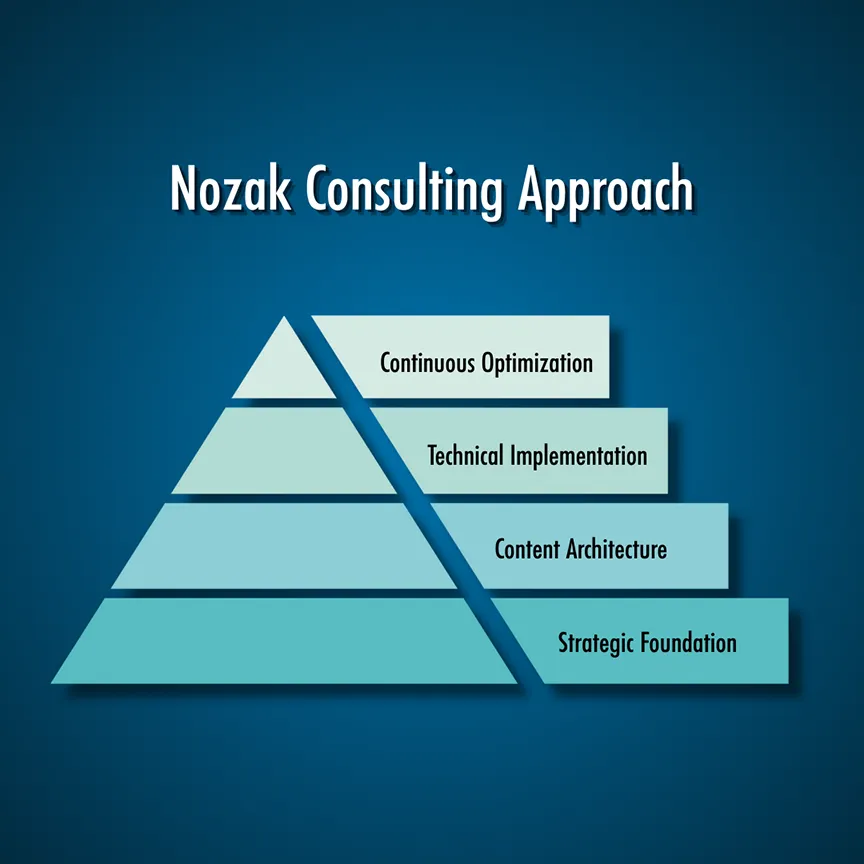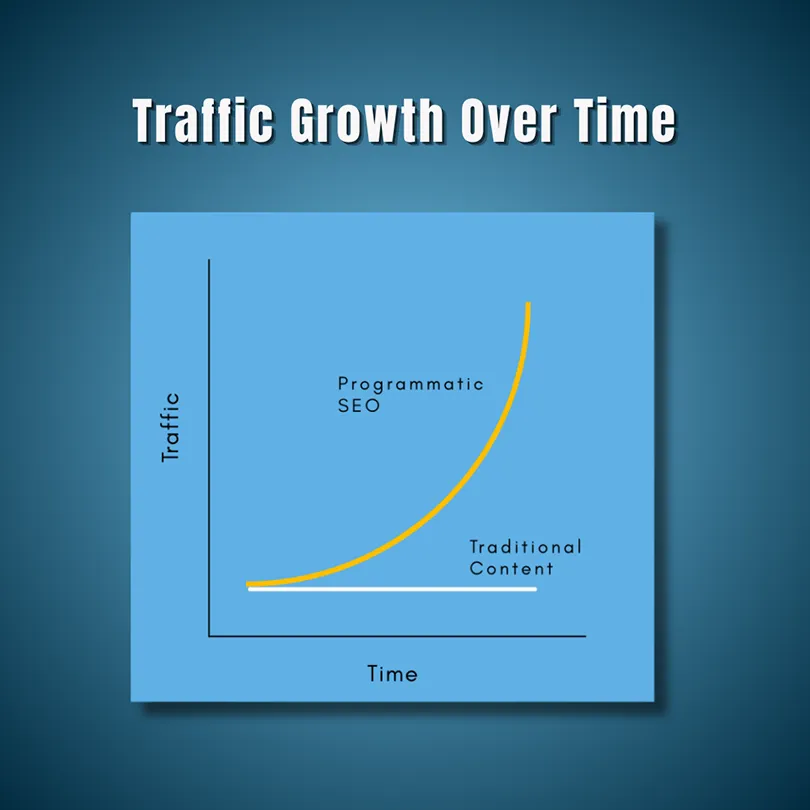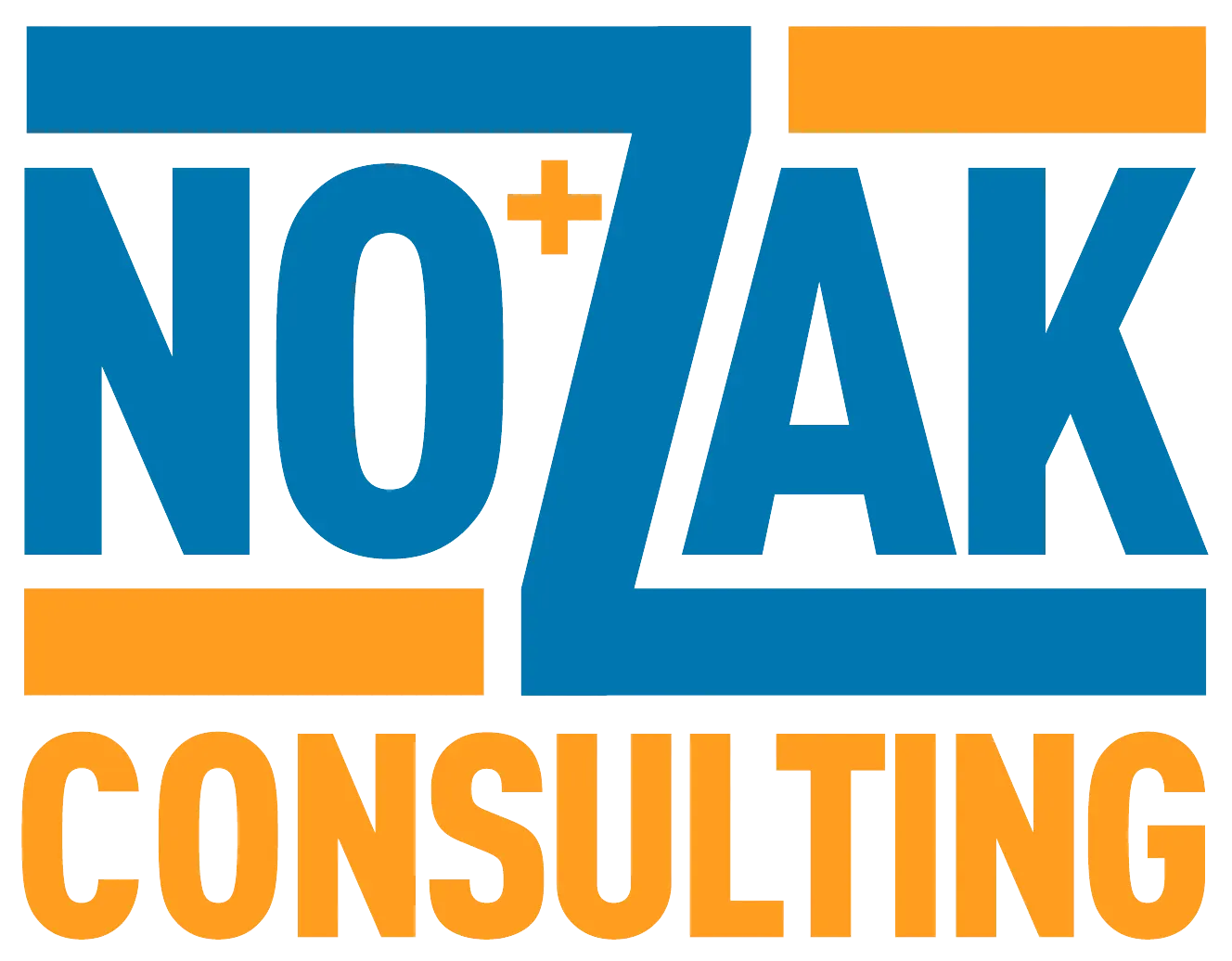When businesses hit a growth plateau with their SEO efforts, they often struggle to find new avenues for expansion. Most marketing teams simply create more blog posts, hoping increased content will translate to more traffic. But what if there was a way to significantly multiply your organic search presence without proportionally increasing your workload?
Programmatic SEO offers exactly this opportunity – a systematic approach to create hundreds or even thousands of high-quality, targeted pages that capture specific search intent at scale. By understanding and implementing this powerful strategy, businesses can tap into untapped traffic sources that competitors haven’t discovered.
Let’s explore how programmatic SEO works, who’s using it successfully, and how your business can implement this approach to dramatically expand your digital footprint.
What is Programmatic SEO?
Programmatic SEO represents a powerful approach to content creation that allows businesses to generate hundreds or thousands of optimized web pages at scale. Rather than manually crafting each page, this strategy uses templates and databases to automatically produce targeted content that addresses specific search queries. The process combines automation with strategic keyword research to capture long-tail traffic that would otherwise be impossible to target manually.
Many businesses struggle to scale their content efforts because traditional blogging approaches demand significant time and resources. Programmatic SEO solves this by creating a system that generates relevant pages based on patterns in user search behavior.
The true power of programmatic SEO lies in its ability to reach potential customers at the exact moment they’re searching for solutions you provide. By creating pages that precisely match search intent across numerous variations, you position your business to capture traffic that competitors simply cannot reach through conventional content strategies.

How Programmatic SEO Drives Business Growth
Programmatic SEO fundamentally changes how businesses approach content creation. Rather than guessing which topics might perform well, this method identifies patterns in search behavior and systematically addresses them all.
For local businesses, this might mean creating location-specific pages for each service area. For e-commerce sites, it could involve generating optimized pages for every product category combined with attributes like color, size, or material. The applications are virtually limitless across industries.
This approach delivers exceptional ROI because it targets high-intent searches where users are actively seeking solutions. When someone searches for a specific combination of terms, finding a page that exactly matches their query dramatically increases conversion likelihood. The specificity creates relevance, and relevance builds trust.
While implementing programmatic SEO requires initial setup, the long-term benefits far outweigh the investment. Once your system is in place, you can continuously expand your reach with minimal additional effort.
The key advantages of programmatic SEO include:
- Scalability – Create hundreds or thousands of pages with a single template
- Efficiency – Target more keywords with less manual content creation
- Precision – Address specific queries with exact-match content
- Competitive edge – Capture traffic in niches too specific for manual content creation
- Compounding growth – Expand your keyword footprint as you add more variations
For businesses looking to maximize their organic search presence, few strategies offer the same potential for exponential growth.
Real-World Examples of Successful Programmatic SEO
Some of the most successful websites on the internet leverage programmatic SEO to dominate their niches. Let’s examine three prominent examples that demonstrate different applications of this powerful approach:
Zillow: The real estate giant creates individual pages for every:
- Zip code
- Neighborhood
- City
- County
- State
Each page combines property listings with location-specific data including school ratings, crime statistics, market trends, and demographic information. This generates millions of highly targeted pages that capture specific location-based searches and position Zillow as an authority across countless geographic segments.
Yelp: By applying a systematic formula, Yelp combines:
- Business categories (restaurants, plumbers, dentists)
- Subcategories (Italian restaurants, emergency plumbers)
- Locations (Chicago, Seattle neighborhood names)
- Qualifiers (best, top-rated, nearest)
This creates pages like “Best Italian Restaurants in Chicago” or “Top Emergency Plumbers in Seattle.” These pages rank for countless high-value search terms because they precisely match user intent at the moment of searching.
Healthline: The health information site produces condition-specific content that addresses thousands of health-related queries by combining:
Condition + Symptom (“diabetes fatigue”) Condition + Treatment (“arthritis physical therapy”) Condition + Medication (“depression lexapro”) Symptom + Cause (“headache dehydration”)
When examining these success stories, a common pattern emerges: they identify a formula for what users search for, create a template that satisfies that search intent, and then scale it across all possible variations. The pages maintain quality because they’re built on solid templates filled with relevant, useful information.
Programmatic SEO Tools That Make Implementation Easy
Implementing programmatic SEO used to require extensive development resources, but today’s tools have democratized the process. Even businesses without dedicated technical teams can now leverage this powerful strategy.
Webflow offers one of the most accessible entry points, allowing you to create dynamic collections that automatically generate pages based on CMS content. Its visual interface makes template creation straightforward while maintaining complete control over design.
Airtable serves as an excellent database for organizing your content. Its spreadsheet-like interface simplifies data management while offering powerful automation features. When paired with integration tools like Zapier, it can directly feed content into your website.
JavaScript frameworks like Next.js and Gatsby have transformed programmatic SEO for developers, enabling server-side rendering of dynamic content that search engines can easily index. These tools handle the technical complexity while you focus on content strategy.
The right tool combination depends on your specific needs and resources. For businesses just starting with programmatic SEO, we recommend beginning with user-friendly platforms like Webflow or WordPress with appropriate plugins. As your strategy matures, you can explore more sophisticated implementations.
Developing a Winning Programmatic SEO Strategy
Creating an effective programmatic SEO strategy requires careful planning and execution. Here’s a step-by-step approach to build a system that generates valuable traffic:
1. Identify Your Formula
Start by recognizing patterns in how users search for your products or services. The most successful programmatic SEO strategies find a formula that combines:
- A head term (primary keyword)
- Variable modifiers (locations, attributes, categories)
- Commercial intent (buyers, not just researchers)
A local service business might use: [Service] + [Location] + [Qualifier] Example: “Emergency Plumber in North Dallas with 24/7 Service”.
2. Conduct Thorough Keyword Research
With your formula identified, conduct thorough keyword research to validate demand. Tools like SEMrush and Ahrefs can reveal patterns by analyzing thousands of related keywords. Look specifically for:
- Search volume across variations
- Difficulty scores to identify opportunities
- Current top-ranking pages to understand intent
- Related questions people ask
This research proves whether your formula targets queries with sufficient search volume to justify the effort.
3. Design Comprehensive Page Templates
Next, design page templates that will satisfy search intent for each keyword pattern. These templates should:
- Include consistent elements across all pages
- Allow for customization based on specific variables
- Provide genuinely helpful content that addresses unique aspects
- Maintain sufficient uniqueness to avoid duplicate content issues
Remember that templates must be flexible enough to create pages that feel custom-written for each specific query.
4. Build Your Data Structure
Your data structure forms the backbone of your programmatic SEO system. Organize your content database to include all variables needed for each page variation:
Primary content variables:
- Main topic information
- Location-specific details
- Category-specific content
- Variable statistics or data points
Technical variables:
- Meta titles and descriptions
- URL structures
- Schema markup elements
- Internal linking data
The more robust your data structure, the more valuable and unique each generated page will be.
5. Implement Quality Control
Quality control becomes increasingly important as you scale. Implement systems to verify that each generated page meets your standards for:
- Accuracy of information
- Completeness of content
- User experience elements
- Technical SEO requirements
- Brand voice consistency
Random sampling and automated checks help maintain quality across thousands of pages.
6. Monitor and Refine
Constantly monitor performance to identify opportunities for improvement. Pages that underperform may indicate:
- Template issues requiring revision
- Gaps in keyword coverage
- Changes in search behavior
- New competitor approaches
Use these insights to continuously improve your system. The most successful programmatic SEO strategies evolve based on performance data.
Common Pitfalls to Avoid with Programmatic SEO
While programmatic SEO offers tremendous potential, certain mistakes can undermine your efforts. Being aware of these pitfalls will help you create a more effective strategy.
Thin content represents the most significant risk. Simply changing a few words while keeping most content identical across pages can trigger Google’s quality filters. Each page must provide unique value relevant to its specific target keywords.
Technical SEO becomes even more critical when implementing programmatic approaches. Issues with URL structure, internal linking, or duplicate content can significantly impact performance. Regular technical audits are essential to maintain optimal performance.
User experience should never be sacrificed for scale. Pages that feel generated or fail to properly address user intent will experience high bounce rates and poor engagement metrics. These signals inform search engines that your content isn’t meeting user needs.
Many businesses make the mistake of targeting keywords without confirming commercial intent. Creating thousands of pages that attract visitors but fail to convert wastes resources. Focus your programmatic efforts on queries with clear business potential.
Remember that programmatic SEO complements rather than replaces traditional content marketing. While your programmatic pages capture specific queries, you still need cornerstone content that builds authority and provides comprehensive coverage of your core topics.
Measuring Success in Programmatic SEO Campaigns
Effective measurement helps you understand the impact of your programmatic SEO efforts and identify opportunities for improvement. These metrics provide valuable insights:
Organic traffic growth offers the most direct measure of your strategy’s effectiveness. Track both overall traffic increases and performance for specific page categories. Look for patterns that indicate which variations perform best.
Keyword rankings across your generated pages reveal how well your templates satisfy search intent. Monitor ranking changes after updates to understand how adjustments impact performance. Tools like SEMrush or Ahrefs can track thousands of keywords simultaneously.
Conversion rates demonstrate whether your pages effectively turn visitors into customers. Compare conversion rates across different page types to identify opportunities for template improvements. Even small enhancements can yield significant results when applied across thousands of pages.
User engagement metrics like time on page, bounce rate, and pages per session indicate whether visitors find your content valuable. Pages with poor engagement may need refinement to better address user needs.
Core Web Vitals and other technical performance indicators become increasingly important at scale. Performance issues can significantly impact both rankings and user experience, so regular monitoring is essential.
How Nozak Consulting Implements Programmatic SEO

At Nozak Consulting, we’ve transformed organic search performance for businesses across industries through strategic programmatic SEO implementation. Our approach follows a proven methodology:
Phase 1: Strategic Foundation We begin by analyzing your market to identify profitable keyword patterns with commercial intent. This isn’t about vanity metrics – we focus exclusively on queries that drive business results. Our team conducts comprehensive competitor analysis to identify gaps and opportunities where programmatic approaches can provide competitive advantage.
Phase 2: Content Architecture Our content team develops page templates that satisfy search intent while maintaining your brand voice.
Each template includes:
- Variable elements for customization
- Core messaging that reinforces brand positioning
- Conversion-focused components
- Structured data implementation
Before scaling to hundreds or thousands of pages, we rigorously test each template to confirm it performs well across variations.
Phase 3: Technical Implementation The technical foundation makes or breaks programmatic SEO success. Our development team ensures:
- Clean URL structures that follow logical patterns
- Proper canonical implementation to prevent duplicate content
- Strategic internal linking that distributes authority
- Optimized page load speed across all variations
- Mobile-first design that provides excellent user experience
Phase 4: Continuous Optimization Our partnership continues long after launch with ongoing monitoring and optimization. We:
- Track performance across page variations
- Identify opportunities for template improvements
- Expand coverage to new keyword variations
- Adjust to changing search patterns and algorithm updates
This systematic approach ensures your programmatic SEO investment delivers sustained results that continue growing over time.
Start Scaling Your Search Presence Today

Programmatic SEO represents one of the most powerful strategies for businesses looking to dramatically expand their organic search presence. By systematically addressing specific search queries at scale, you can capture valuable traffic that competitors simply cannot reach through traditional content approaches.
The key to success lies in creating genuinely valuable content that addresses user needs across thousands of variations. When implemented correctly, programmatic SEO doesn’t just increase traffic—it connects your business with potential customers at the exact moment they’re searching for solutions you provide.
Are you ready to transform your SEO strategy with programmatic approaches? Our team at Nozak Consulting has helped businesses across industries implement successful programmatic SEO campaigns that drive sustainable growth. We understand the technical requirements, content considerations, and strategic planning needed to make programmatic SEO work for your specific business.
Ready to scale your SEO efforts? Schedule a call with our team to discuss how programmatic SEO can transform your online presence and drive meaningful business results.
